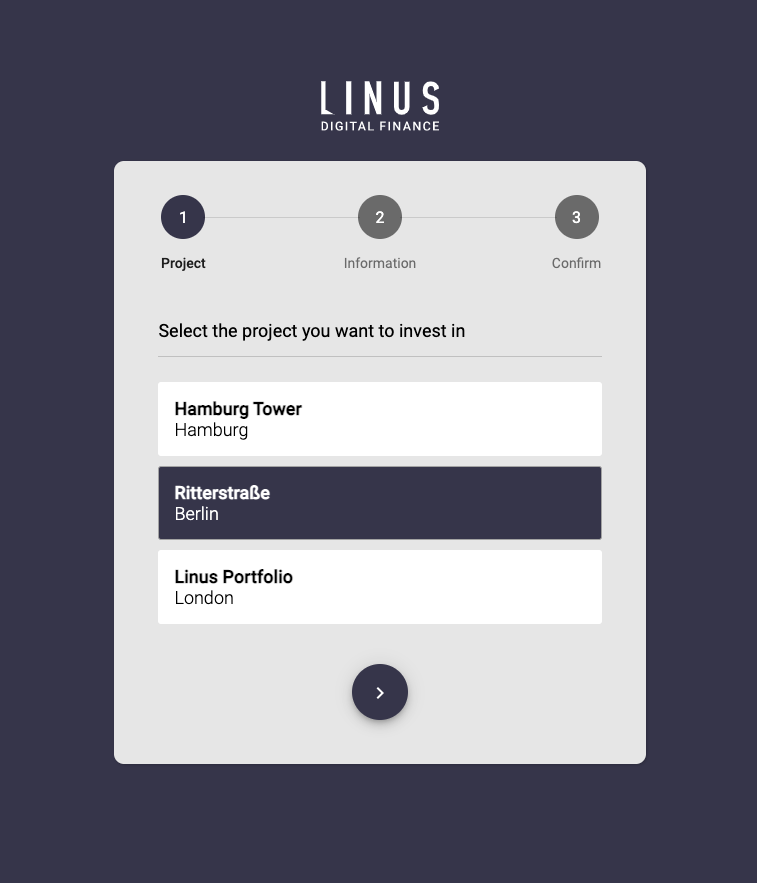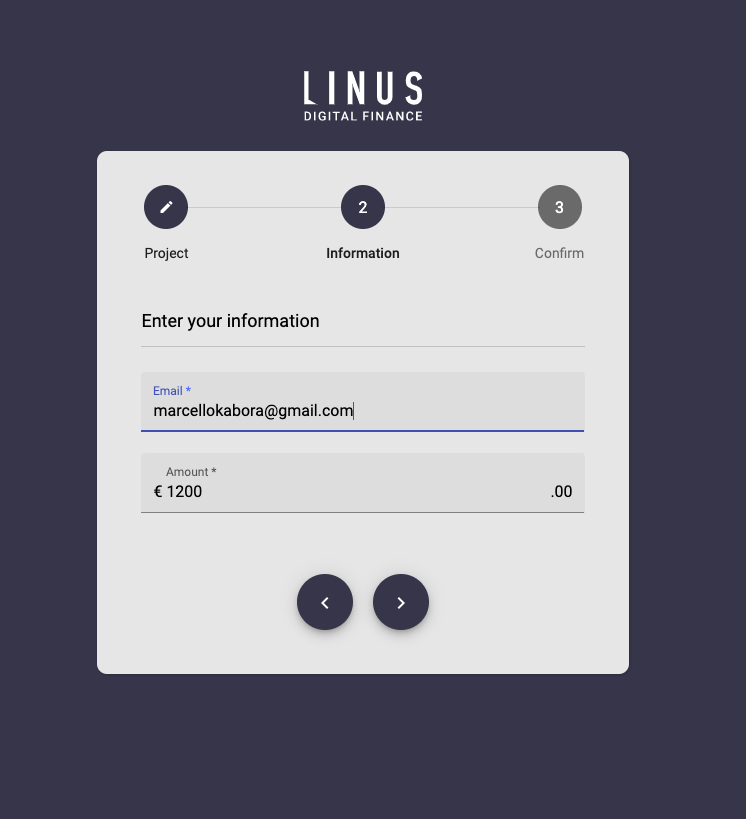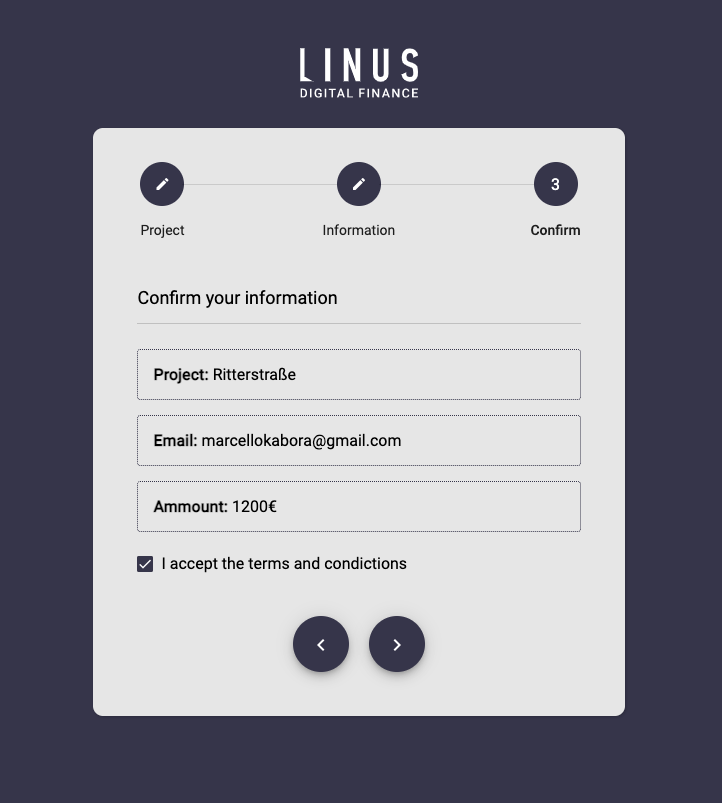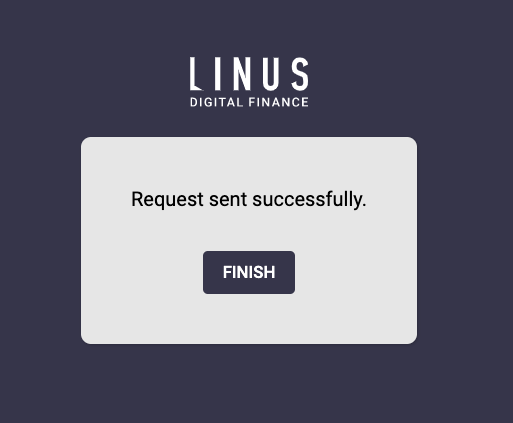Linus
Registration

Description
This Angular application simplifies project selection and customer data collection through a multi-step process using Material Design's Stepper. Users navigate three forms: first, they select a project; next, they enter customer information; finally, all data is submitted to a Firestore database via Firebase. This streamlined workflow leverages Angular for the frontend, Material Design for UI/UX, and Firebase for backend services, ensuring a modular and user-friendly experience.
Details
Gallery








